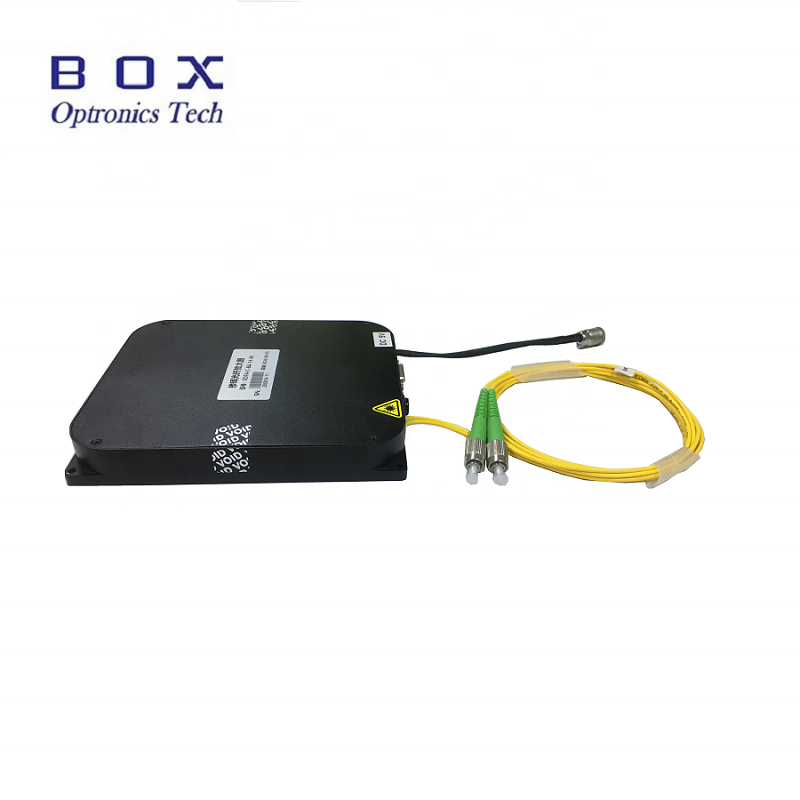In the realm of optical communications, EDFA (Erbium-Doped Fiber Amplifiers) play a crucial role in boosting signals along fiber-optic networks, enabling high-speed data transmission over long distances. As demand for faster and more reliable communication grows, the market for EDFA amplifiers has seen significant innovation and competition. In this guide, we‘ll explore the five best EDFA erbium-doped fiber amplifiers available, with a spotlight on the Boxoptronics Mini EDFA Erbium-Doped Fiber Amplifier, renowned for its compact size and exceptional performance.

1. Understanding EDFA Technology: Powering Optical Communications
Erbium-Doped Fiber Amplifiers (EDFAs) are optical amplifiers used to amplify optical signals in fiber-optic communication systems. By doping a section of optical fiber with erbium ions, EDFAs can boost signals across a broad range of wavelengths, enabling efficient transmission of data over long distances without the need for costly signal regeneration.
2. The Importance of Amplification: Enhancing Signal Strength
In fiber-optic communication systems, signal attenuation occurs as light travels through the fiber, resulting in a reduction in signal strength. EDFA amplifiers are essential for compensating for this loss and ensuring that signals maintain sufficient strength to reach their intended destination. By amplifying optical signals without converting them to electrical signals, EDFAs minimize signal degradation and latency, making them ideal for high-speed data transmission.
3. Boxoptronics Mini EDFA Erbium-Doped Fiber Amplifier: A Compact Powerhouse
The Boxoptronics Mini EDFA Erbium-Doped Fiber Amplifier stands out as a compact yet powerful solution for optical signal amplification. Despite its small size, this amplifier delivers exceptional performance, making it ideal for applications where space is limited, such as in data centers, telecommunications networks, and satellite communications.
4. Key Features of the Boxoptronics Mini EDFA:
5. Comparison of Other Top EDFA Erbium-Doped Fiber Amplifiers
In addition to the Boxoptronics Mini EDFA, several other EDFA erbium-doped fiber amplifiers excel in performance and reliability. Some of the top contenders include:
6. Factors to Consider When Choosing an EDFA Erbium-Doped Fiber Amplifier
When selecting an EDFA erbium-doped fiber amplifier for your optical network, consider the following factors:
7. Conclusion: Powering the Future of Optical Communications
In conclusion, EDFA erbium-doped fiber amplifiers are essential components in optical communication systems, enabling high-speed data transmission over long distances with minimal signal degradation. The Boxoptronics Mini EDFA Erbium-Doped Fiber Amplifier stands out as a compact yet powerful solution for signal amplification, offering exceptional performance and reliability in a small form factor. When choosing an EDFA amplifier for your optical network, consider factors such as performance requirements, form factor, reliability, scalability, and cost to select the best solution for your needs. With the right amplifier in place, you can power the future of optical communications and unlock new possibilities for data transmission and connectivity.
